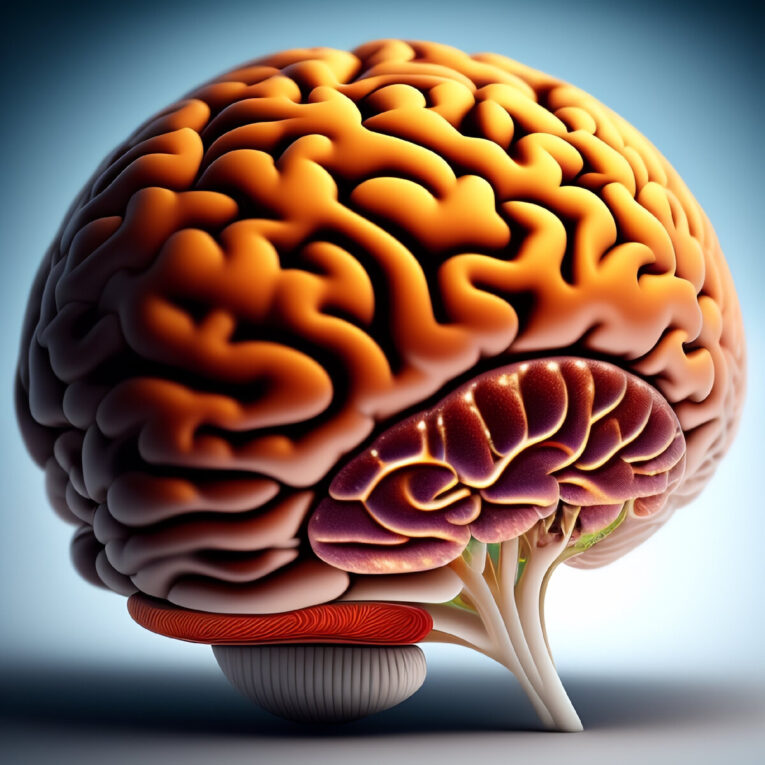A recent study conducted by Rutgers Health researchers has discovered shared underlying mechanisms in brains with varying forms of autism, which may have the potential to respond to existing medications.
The research utilized induced pluripotent stem cells, a technique that transformed blood cells from individuals with both genetic and idiopathic autism spectrum disorder (ASD) into early brain cells known as neural precursor cells. As these precursor cells developed in the laboratory, defects in a common signaling pathway controlling structural proteins hindered their ability to undergo essential stages of cell differentiation, including neurite growth and cell migration crucial for proper brain architecture.
While some cell lines exhibited overactivity in the mTOR pathway, others displayed reduced activity. The researchers were able to rectify both issues and enhance cell differentiation using existing drugs that either stimulated or inhibited mTOR activity.
Emanuel DiCicco-Bloomc, a professor at Robert Wood Johnson Medical School and senior author of the study, emphasized that while cells in a dish may not be fully mature human cells, they closely simulate the processes observed during early pregnancy, indicating the relevance of the study’s findings to individuals with autism.
The study results suggest that abnormal regulation of mTOR could potentially be targeted in adults with autism using mTOR-regulating drugs to enhance their cognitive function. The researchers noted that the incidence of ASD has risen significantly over the years, with roughly 10 to 15 percent of individuals with ASD having genetic predispositions while the cause remains unexplained in other cases (idiopathic).
The study involved analyzing blood samples from individuals with idiopathic ASD and those with a specific genetic abnormality linked to ASD, known as 16p11.2 deletion. The researchers found disruptions in neuron development in both groups, with mTOR signaling playing a key role in regulating various cellular functions.
Further research is planned to investigate if disruptions in mTOR activity are a common feature among individuals with ASD from different genetic backgrounds, providing potential insights for accurate diagnosis and personalized treatment approaches. The study also highlighted the importance of considering individual variations in mTOR dysregulation and tailoring treatments accordingly.
Lead author Smrithi Prem underscored the significance of the findings in expanding the understanding of mTOR dysregulation in autism, particularly in cases not previously associated with this pathway. The study findings indicate the potential for personalized mTOR-targeted therapies based on variations in mTOR activity among individuals with ASD.
*Note:
1. Source: Coherent Market Insights, Public sources, Desk research
2. We have leveraged AI tools to mine information and compile it

